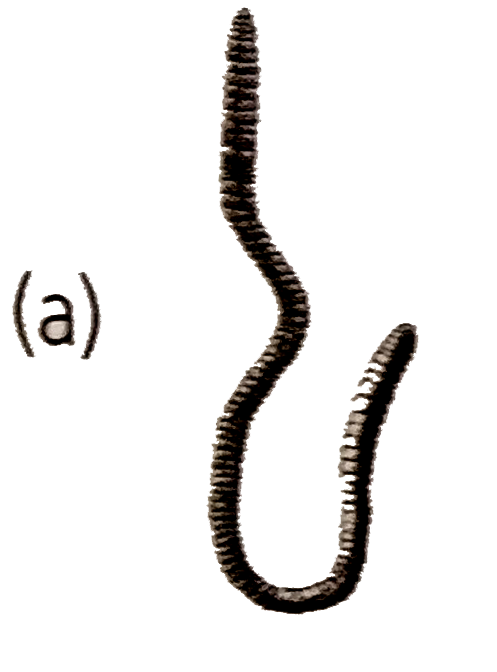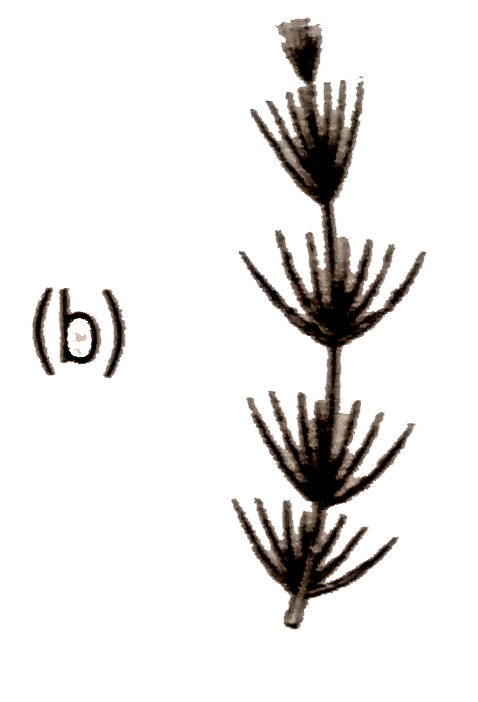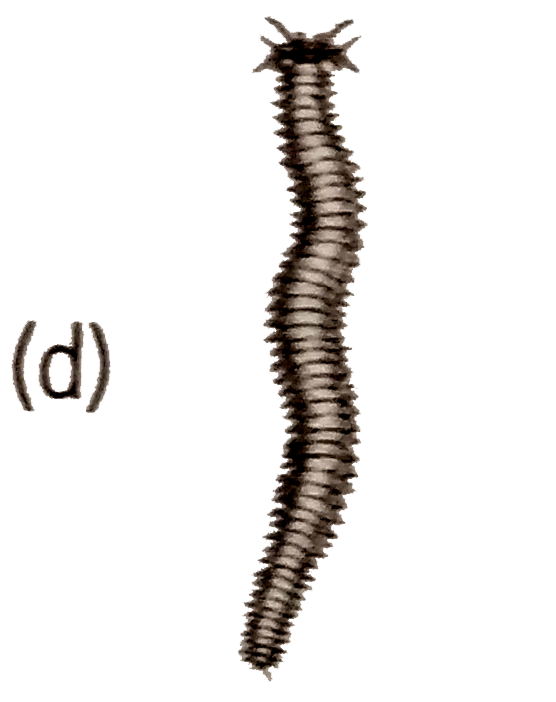Which of the following groups consists of organisms which multiply by fragmentation ?
Earthworm, Amoeba, fungi
Earthworm, fungi, bacteria
Fungi, filamentous algae, protonema of mosses
Population of one type
The correct Answer is:3
To determine which group consists of organisms that multiply by fragmentation, we will analyze each option given in the question.
1. Understand Fragmentation: Fragmentation is a form of asexual reproduction where an organism breaks into fragments, and each fragment can develop into a new organism.
2. Analyze the Options:
- Option 1: Earthworm: Earthworms reproduce sexually through mating, not by fragmentation. Therefore, this option is incorrect.
- Option 2: Amoeba: Amoebas reproduce by binary fission, which is a form of asexual reproduction but not fragmentation. This option is also incorrect.
- Option 3: Fungi: Many fungi reproduce asexually through fragmentation. This means that fungi can be part of the correct answer.
- Option 4: Bacteria: Bacteria reproduce by binary fission, which is not fragmentation. This option is incorrect.
- Option 5: Algae: Certain types of algae can reproduce by fragmentation. This means algae can also be part of the correct answer.
- Option 6: Mosses: Mosses can reproduce by fragmentation, particularly through structures like protonema. This means mosses can also be part of the correct answer.
3. Identify the Correct Group: The organisms that reproduce by fragmentation include fungi, filamentous algae, and mosses. Therefore, the correct option is the one that lists fungi, filamentous algae, and protonema of mosses.
Final Answer:
The correct group that consists of organisms which multiply by fragmentation is fungi, filamentous algae, and protonema of mosses.
---
- Option 1: Earthworm: Earthworms reproduce sexually through mating, not by fragmentation. Therefore, this option is incorrect.
- Option 2: Amoeba: Amoebas reproduce by binary fission, which is a form of asexual reproduction but not fragmentation. This option is also incorrect.
- Option 3: Fungi: Many fungi reproduce asexually through fragmentation. This means that fungi can be part of the correct answer.
- Option 4: Bacteria: Bacteria reproduce by binary fission, which is not fragmentation. This option is incorrect.
- Option 5: Algae: Certain types of algae can reproduce by fragmentation. This means algae can also be part of the correct answer.
- Option 6: Mosses: Mosses can reproduce by fragmentation, particularly through structures like protonema. This means mosses can also be part of the correct answer.
The correct group that consists of organisms which multiply by fragmentation is fungi, filamentous algae, and protonema of mosses.
Topper's Solved these Questions
- BOOK - VMC MODULES ENGLISHCHAPTER - THE LIVING WORLD EXERCISE - PRACTICE EXERCISE-13videos
THE LIVING WORLD
- BOOK - VMC MODULES ENGLISHCHAPTER - THE LIVING WORLD EXERCISE - PRACTICE EXERCISE-23videos
THE LIVING WORLD
- BOOK - VMC MODULES ENGLISHCHAPTER - THE LIVING WORLD EXERCISE - CHAPTER EXERCISE-D9videos
THE LIVING WORLD
- BOOK - VMC MODULES ENGLISHCHAPTER - STRUCTURAL ORGANISATION IN ANIMALS EXERCISE - In-Chapter Exercise-G10videos
STRUCTURAL ORGANISATION IN ANIMALS
- BOOK - VMC MODULES ENGLISHCHAPTER - TRANSPORT IN PLANTS EXERCISE - IN-CHAPTER EXERCISE-E10videos
TRANSPORT IN PLANTS
Similar Questions
Knowledge Check
- Question 1 - Select One
Which of the following groups consists of organisms which mulriply by fragmentation ?
AEarthworm, Amoeba, fungiBEarthworm, fungi, bacteriaCFungi, filamentous algae, protonema of mossesDPopulation of one type - Question 2 - Select One
Which one of the following groups consists of hermaphrodite organisms?
ALeech, tapeworm, hydraBEarthworm, tapeworm, roundwormCEarthworm, starfish, turtleDLeech, nereis, roundworm - Question 3 - Select One
Which of the following is a unisexual organism ?
A B
B C
C D
D
Which of the following pairs consists of ore the same metal ?
View SolutionWhich of the following groups of organisms are ecologically similar?
View SolutionWhich of the following compounds consists of P-P linkage?
View SolutionWhich of the following tissues consist of living cells
View SolutionWhich of the following tissues consist of living cells
View Solution

